The Sweet Substitute: Navigating Sugar Cravings During Alcohol Recovery
The journey to alcohol cessation is often paved with unexpected challenges, one of the most common being the emergence of intense sugar cravings. Many individuals in recovery find themselves reaching for sweetened snacks with a frequency and urgency that surprises them. This phenomenon isn't merely psychological—it has deep physiological roots that understanding can help navigate more successfully.
The Biological Connection Between Alcohol and Sugar
Alcohol and sugar share a common pathway in the brain's reward system. Both substances trigger the release of dopamine, the neurotransmitter associated with pleasure and reward. When alcohol is removed from the equation, the brain seeks alternative sources to achieve similar chemical reactions. Sugar becomes the most accessible substitute, providing that quick dopamine hit the brain has grown accustomed to receiving from alcohol.
Additionally, alcohol is metabolized as sugar in the body. Regular drinkers often have elevated blood sugar levels, and when alcohol consumption ceases, the body may experience what feels like a sugar deficit. This physiological adjustment period can last several weeks as the body recalibrates its metabolic processes.
Understanding the Craving Cycle
During early recovery, the intensity of sugar cravings can be overwhelming. Many recovering individuals report dreaming about sweets or finding themselves standing in front of the refrigerator without remembering how they got there. These powerful urges are similar to alcohol cravings in their suddenness and strength.
The timing of these cravings often follows patterns established during active addiction. If someone typically drank at certain times of day or in specific situations, those same triggers may now prompt sugar cravings. Recognizing these patterns is the first step toward managing them effectively.
Healthy Approaches to Sweet Cravings
While giving in to every sugar craving isn't advisable, completely denying these urges can backfire, potentially leading to relapse. The key lies in finding balance and making conscious choices about how to address these cravings.
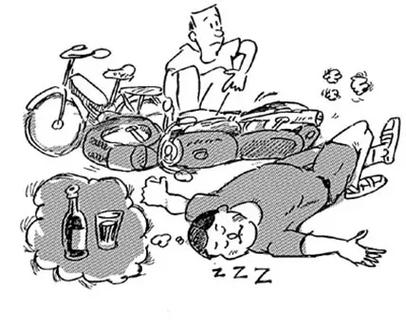
Mindful Selection of Sweet Snacks: Opt for snacks that offer nutritional value alongside sweetness. Fresh fruits provide natural sugars along with fiber, vitamins, and antioxidants. Dark chocolate (70% cocoa or higher) contains less sugar than milk chocolate while offering antioxidants. Greek yogurt with honey or berries combines protein with natural sweetness.
Timing and Portion Control: Rather than completely restricting sweets, establish boundaries. Designate specific times for sweet snacks, perhaps after meals when blood sugar is more stable. Practice portion control by pre-measuring servings instead of eating directly from packages.
Balancing Macronutrients: Combine sweet snacks with protein or healthy fats to slow sugar absorption. Apple slices with almond butter or a small piece of cheese with fruit can satisfy cravings without causing blood sugar spikes.
The Dangers of Sugar Substitution
While addressing sugar cravings is important, replacing alcohol addiction with sugar dependency creates its own set of problems. Excessive sugar consumption can lead to weight gain, dental issues, energy crashes, and increased inflammation. In the long term, it may contribute to insulin resistance and metabolic disorders.
The psychological parallels are equally concerning. Using sugar to cope with emotions or stress replicates the pattern established with alcohol—employing external substances to regulate internal states. This prevents the development of healthier coping mechanisms that are essential for sustained recovery.
Developing Healthier Coping Strategies
Ultimately, recovery involves learning to sit with discomfort without immediately seeking chemical solutions. This process takes time and practice. Mindfulness techniques can help observe cravings without automatically acting on them. The "urge surfing" technique—visualizing cravings as waves that rise and fall—can be particularly effective.
Physical activity serves as an excellent alternative to sugar consumption. Exercise naturally boosts dopamine levels while providing numerous health benefits. Even a brief walk can disrupt craving patterns and improve mood.
Adequate sleep and stress management are equally crucial. Fatigue and stress both lower resistance to cravings of all types. Establishing healthy sleep habits and developing stress-reduction practices like meditation or deep breathing creates a foundation more resistant to compulsive behaviors.
The Role of Professional Guidance
Nutritionists specializing in addiction recovery can provide personalized advice for managing sugar cravings. They can help create meal plans that stabilize blood sugar levels while providing adequate nutrition. Many recovering individuals have nutritional deficiencies that need addressing, which can itself reduce cravings.
Therapy remains essential for addressing the underlying emotional components of addiction. Cognitive behavioral techniques can help reshape thought patterns around cravings, while exploring the emotional triggers that drive substance use in any form.
Long-Term Perspective
As recovery progresses, the intensity of sugar cravings typically diminishes. The first few months often represent the most challenging period. With time, taste preferences often change naturally, and many find themselves less drawn to extreme sweetness.
The goal isn't perfection but progress. Occasional sweet treats are part of balanced living. The distinction lies between conscious enjoyment and compulsive consumption. Developing this awareness is itself an important recovery skill.
Conclusion
Navigating sugar cravings during alcohol cessation requires compassion, understanding, and strategy. By recognizing the biological basis of these cravings, making mindful choices about sweet snacks, and developing healthier coping mechanisms, individuals in recovery can address this challenge without creating new problems. The journey toward balance continues, with each conscious choice representing another step forward in the broader path of recovery and health.
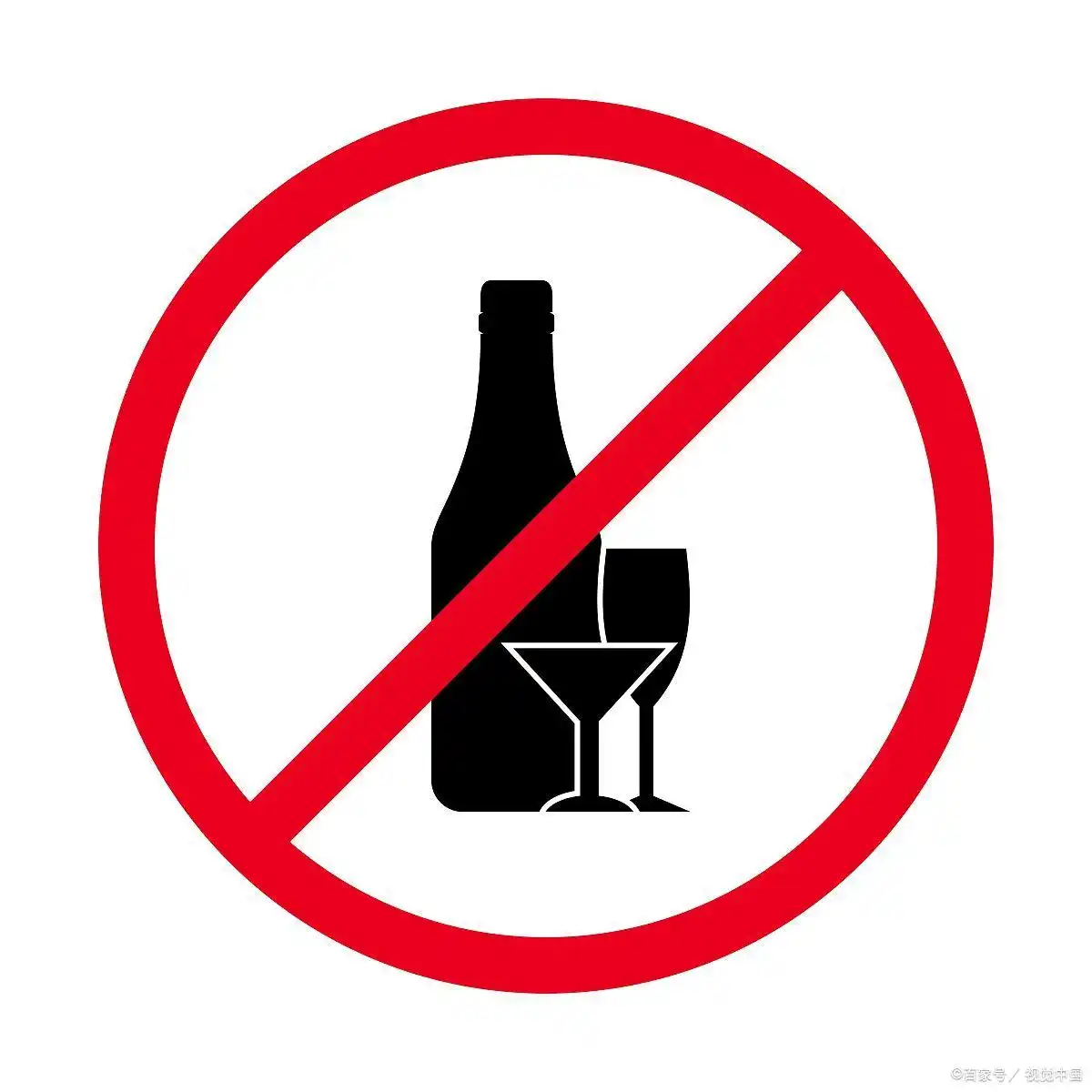
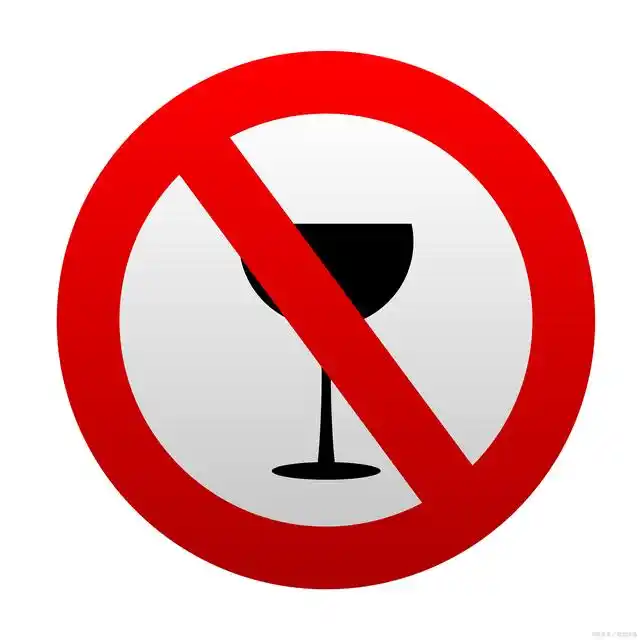
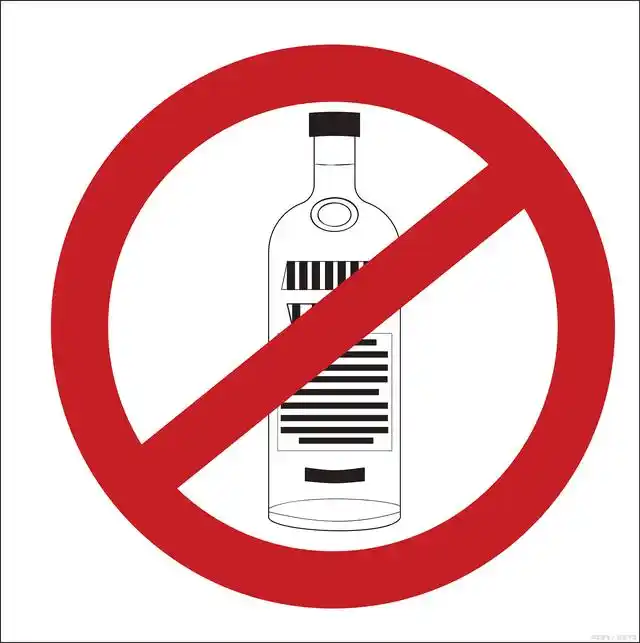
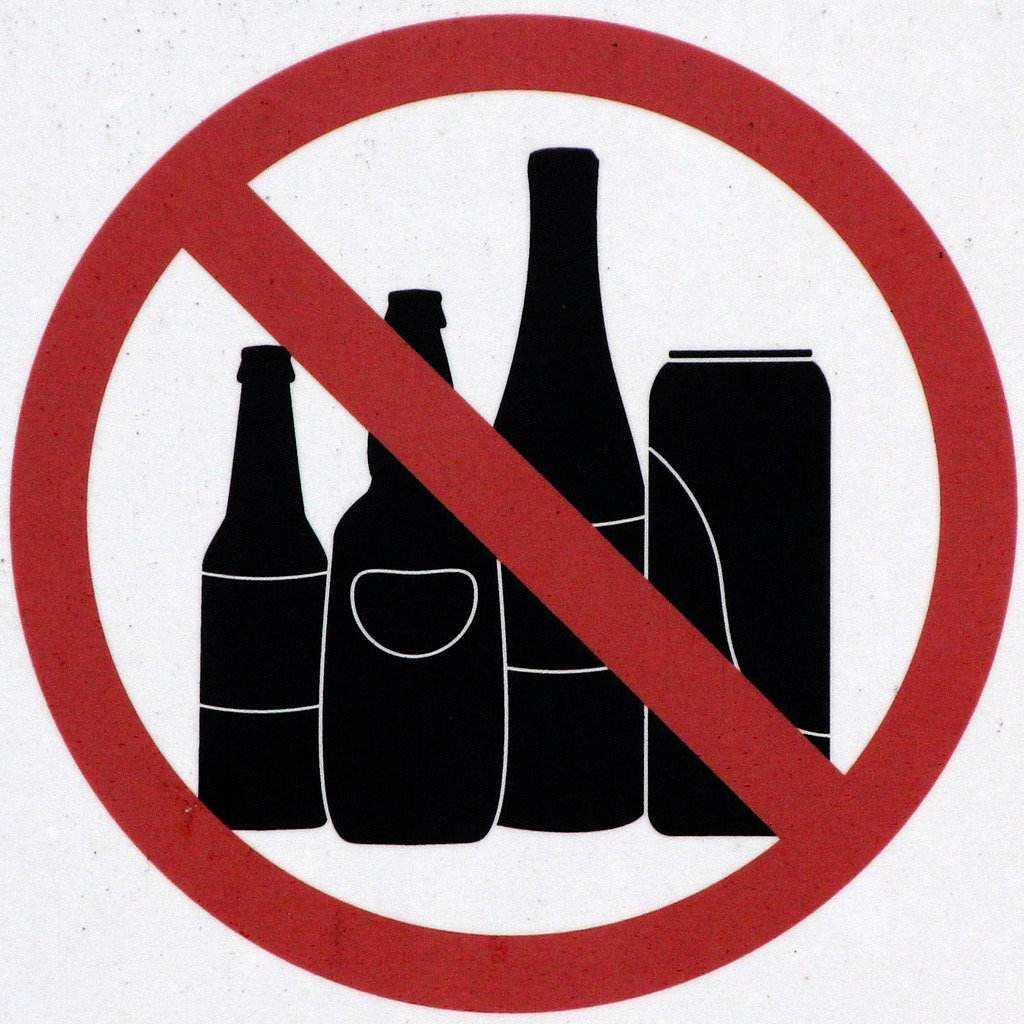
发表评论